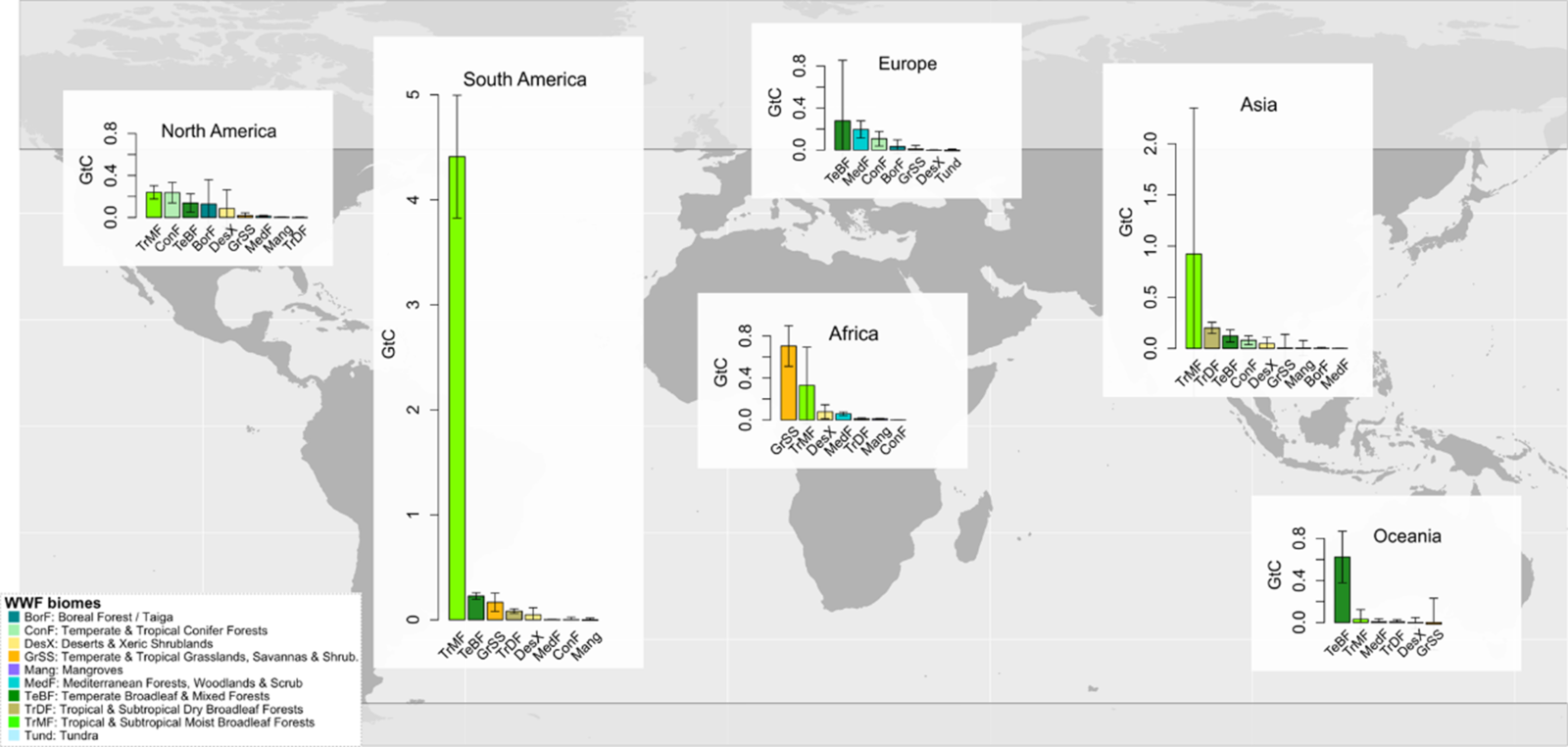June 01, 2023 | Nature Communications |
A recent study led by the University of Maryland has highlighted the crucial role that forests play in stabilizing the Earth's climate. The researchers focused on protected areas (PAs) as a strategy for forest conservation and quantified their global impact on the carbon cycle. By utilizing lidar data from NASA's GEDI mission, they estimated that PAs contain a total aboveground carbon stock of 61.43 gigatons (Gt), which accounts for about 26% of all mapped terrestrial woody carbon. Additionally, the study revealed that PAs contribute an additional 9.65 Gt of carbon, primarily through the prevention of deforestation and degradation compared to unprotected forests. This figure is equivalent to the carbon emissions produced by global fossil fuel usage in one year. The findings emphasize the importance of preserving high biomass forests within protected areas as a means of avoiding carbon emissions and safeguarding future carbon sequestration.

PAs effectively preserve additional AGC across continents and biomes, with forest biomes dominating the global signal, particularly in South America. The additional preserved AGC (Gt) in WWF biome classes (total Gt + /− SEM*area). World base map made with Natural Earth. The full set of analyzed GEDI data are represented in this figure (n = 412,100,767).





